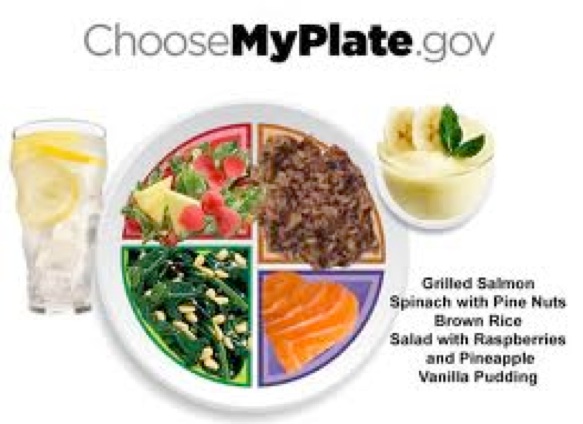Vegetable Challenge Details

Here is a great veggie calculator. See veggie calculator.
What is a serving of vegetables?
A serving of vegetable is 1/2 a cup except for leafy vegetables where a serving is 1 cup; don’t include potato or ketchup products as well as all types of juices.
Highly Recommended Vegetables
Asparagus
Escarole
Avocado (actually a fruit)
Fennel
Beet greens
Green and red cabbage
Bok Choy
Kale
Broccoli
Kohlrabi
Brussels sprouts
Lettuce: romaine, red leaf, green leaf
Cauliflower
Mustard greens
Celery
Onions
Chicory
Parsley
Chinese cabbage
Peppers: red, green, yellow and hot
Chives
Tomatoes
Collard greens
Turnips
Cucumbers
Spinach
Dandelion greens
Zucchini
Green and Yellow Beans
Endive
Use sparingly due to high carbohydrate levels
Beets
Jicama
Carrots
Winter Squashes
Eggplant
Vegetables to Avoid
Potatoes
Count as a whole grain or carbohydrate
You can have low calorie fruits in place of a couple servings of veggies.
Some Great Low Calorie Fruits-no syrup added canned fruits
Starfruit 1/2 cup 16 calories
Apricot 1/2 cup 17 calories
Watermelon 1/2 cup 23 calories
Strawberries 1/2 cup 26 calories
Apple 1/2 cup 26 calories
Papaya 1/2 cup 27 calories
Cantaloup 1/2 cup 27 calories
Plums 1/2 cup 30 calories
Honeydew melon 1/2 cup 30 calories
Blackberries 1/2 cup 31 calories
Raspberries 1/2 cup 32 calories
Peach 1/2 cup 33 calories
Pineapple 1/2 cup 37 calories
I like this Fruit guideline
Eat 3 – 5 servings of fruit per day.
This depends on the total number of calories you consume in a day.
-
1If you consume 1600 – 1800 calories, eat 3 servings of fruit per day.
-
2If you consume 2000 – 2600 calories, eat 4 servings of fruit per day.
-
3If you consume 2800 calories, eat 5 servings of fruit per day.
1 serving of fruit is equal to:
-
1½ cup of fresh, frozen or canned fruit (no sugar added)
-
21/4 cup of dried fruit -dried fruits are very high in calories so if you are trying to lose weight have fresh instead.
Eat fruit closest to its natural form
For example:
-
1Whole fresh fruit
-
2Frozen fruit that is unsweetened
Fruit closest to it natural form is naturally higher in nutrients (including fiber) and lower in added sugar.
For a great list of vegetables go to the myplate.gov or click logo below.
http://www.choosemyplate.gov/food-groups/vegetables-counts.html
Great info at Harvard as well.
http://www.hsph.harvard.edu/nutritionsource/healthy-eating-plate/

